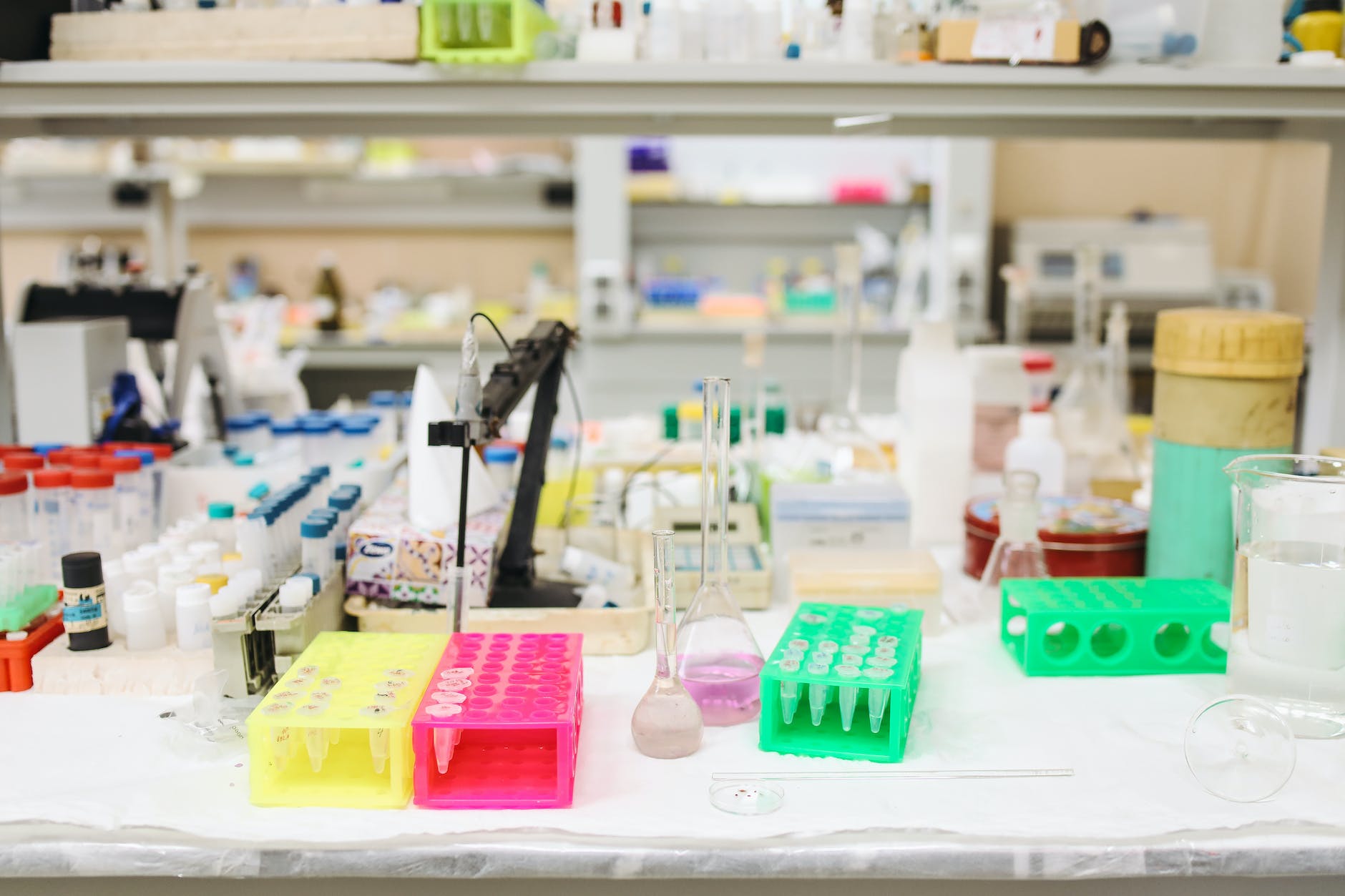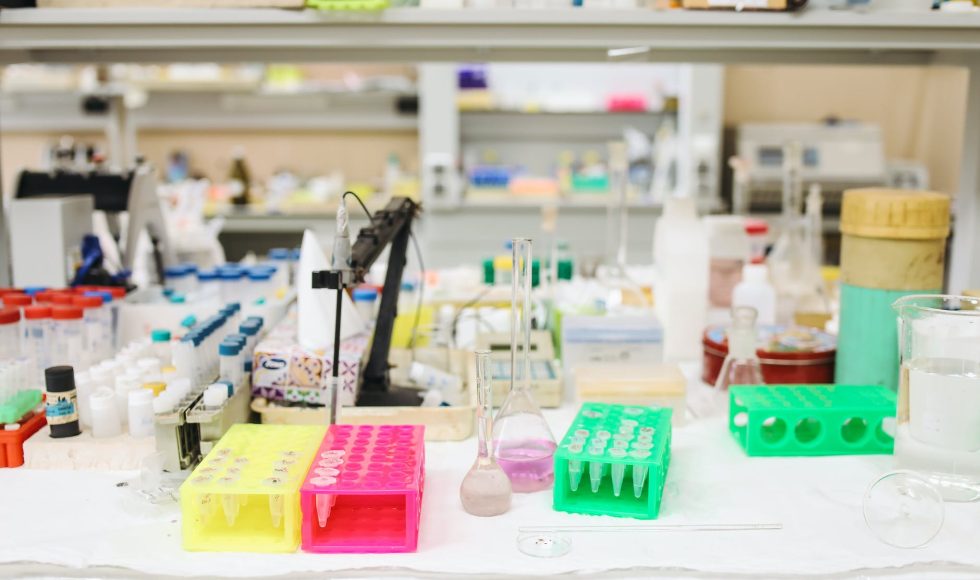Tonight I watched a London Calling 2023 Masterclass on “How to extract high-quality DNA and RNA” with Vania Costa, a Field Applications Scientist with Oxford Nanopore Technologies. This is part of a series of Masterclasses. The learning objectives, Costa explained, were how to determine the right extraction method as well as common practices. Costa said that it is important to start with the data you want and then determine the extraction method you will need to preserve the sample and obtain the quality you want. If you are using the Ligation Sequencing Kit, the standard amount is 1 ug… but if you are using the ultralong sequencing kit, you will need 40 ug! There are sample prep/libraries that need less material. Always pay attention to the potential for degradation, for both DNA and RNA. If working with soil samples, for example, Costa, shared that there are options for selecting for certain populations. Size selection can be used to maximize length. Short fragments down to 20 bp can be sequenced. This is an aspect of Nanopore sequencing I had not considered! The samples may be naturally fragmented when searching for and sequencing cell-free DNA. For medium-length fragments up to 15 kb, this length Costa noted can be used for methylation studies. Long fragments up to 50 kb provide a “Good balance between sequencing output and read length” and the application listed was structural variant analysis. The ultra-long fragment kit has the objective of maximizing read length for assembly, with fragments 50 kb and above. Costa emphasized the importance of sample storage, because “You cannot sequence what you do not have.” As a general rule, Costa explained that samples should be stored frozen at -80. For DNA, short term storage in the refrigerator is ok though they recommend -20. With RNA, samples kept in water do degrade faster, and they recommend storing in the freezer in TE. Costa explained that vortexing should be avoided but freeze-thaw cycles start having an effect on DNA after five cycles. For RNA, they recommend freezing at -80C and using RNAse inhibitors, single-use tubes, and RNAse free reagents. For short and medium-length DNA fragments, Costa recommended the QIAmp. For long fragments, they suggested the QIAGEN genomic tip with optional. size selection or the NEB Monarch, though it may need fragmentation if using a ligation approach. For samples with tough cell walls, Costa recommended PVP and SDS-based lysis for yeast, and the QIAGEN genomic-tip and Puregene/QIAGEN MagAttract for some bacteria. For microbial communities, beat beating was recommended. For plasmids, Costa recommended the QIAGEN Midi Plus. For RNA extraction, they recommended TRizol and some kits. For bacteria, they recommend PureLink RNA mini kit I have not considered. Fragmentation can be used when starting with lower input amounts and to make HMW samples easier to handle (less viscous). The rapid kits use a transposase and are ideal for plasmids. Covaris g-TUBE and other fragmentation systems can be used. The Short Read Eliminator kit depletes fragments <25 kb. SPRI beads can be used to enrich for fragments >1.5 kb. The BluePippin from Sage Science offers customizable ways of selecting size ranges, but it does require more input DNA. For sample QC, they recommend quantifying with the Qubit and using the NanoDrop for ratios. Costa recommended 260/230 ratio above 2.0. Fragment length can be assessed with Femto-pulse or other systems. When working with RNA, the integrity should be obtained by the TapeStation or BioAnalyzer. High RIN, Costa noted, provide longer transcripts, for example. If you want to perform phasing methylation studies, Costa recommended using the QIAGEN puregene Blood kit and the Ligation Sequencing Kit. Finally, Costa explained that the Nanopore Community page has several resources with dozens of sample types and associated protocols. These ONT Masterclasses always provide useful tips and kt suggestions! I



